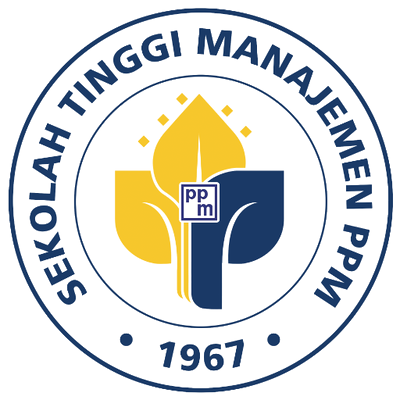Investigasi Penerimaan dari Aplikasi E-Learning Menggunakan Technology Acceptance Model (TAM) 3 Case Report : e-learning STMIK Rosma
Abstract
Keywords
Full Text:
PDF (Bahasa Indonesia)References
Alqudah, N. M., Jammal, H. M., Saleh, O., Khader, Y., Obeidat, N., & Alqudah, J. (2020). Perception and experience of academic Jordanian ophthalmologists with E-Learning for undergraduate course during the COVID-19 pandemic. Annals of Medicine and Surgery, 59(June), 44–47. https://doi.org/10.1016/j.amsu.2020.09.014
Balaji, D. R., Al-Mahri, F. A., & Balaji, M. (2016). A Perspective Study on Content Management in E-Learning and M-Learning. http://arxiv.org/abs/1605.02093
Davis, F. D. (1989). Perceived usefulness, perceived ease of use, and user acceptance of information technology. MIS Quarterly: Management Information Systems, 13(3), 319–339. https://doi.org/10.2307/249008
Elhadi, H., & Kuryanti, S. J. (2020). Analisa Penggunaan Jangkauan Siar Televisi Dakwah Dengan Menggunakan Pendekatan Technology Acceptance Model (TAM). JUSIM (Jurnal Sistem Informasi Musirawan), 05(01), 13–18.
Goyal, S. (2012). E-Learning: Future of Education. Journal of Education and Learning (EduLearn), 6(4), 239. https://doi.org/10.11591/edulearn.v6i4.168
Nuryadi, N. (2018). Rancang Bangun Aplikasi Website E-Learning Pada Smk Respati 1 Jakarta. 4(1), 162–166.
Saifuddin, M. F. (2017). E-Learning Dalam Persepsi Mahasiswa. Jurnal Varidika, 29(2), 102–109.
Shandyastini, N. M., & Novianti, K. D. P. (2016). Analisis E-Learning Stmik Stikom Bali Menggunakan Techonology Acceptance Model. Jurnal TEKNOIF, 4(2), 1–6.
Sugiyono. (2015). Metode Penelitian Kombinasi (Mix Methods). Alfabeta.
Suyanto, & Kurniawan, T. A. (2019). Faktor yang Mempengaruhi Tingkat Kepercayaan Penggunaan Fintech pada UMKM dengan Menggunakan Teknologi Acceptance Model (TAM). Jurnal Akuntansi Dan Manajemen Akmenika, 16(1), 175–186. https://journal.upy.ac.id/index.php/akmenika/article/view/166
Venkatesh, V., & Bala, H. (2008). Technology acceptance model 3 and a research agenda on interventions. Decision Sciences, 39(2), 273–315. https://doi.org/10.1111/j.1540-5915.2008.00192.x
Yulianingsih, E. (2016). Analisis Kepuasan Terhadap Penggunaan E-Learning Menggunakan Technology Acceptance Model Dan End User Computing Satisfaction. Jurnal Ilmiah Matrik, 18(1), 27–42. https://doi.org/10.33557/jurnalmatrik.v18i1.396
Zheng, J., & Li, S. (2020). What drives students’ intention to use tablet computers: An extended technology acceptance model. International Journal of Educational Research, 102(May). https://doi.org/10.1016/j.ijer.2020.101612
DOI: https://doi.org/10.34149/jmbr.v18i2.282
Indexing
JMBR Editorial Office: PPM School of Management, Jl. Menteng Raya 9-19 Jakarta 10340 Phone: 021-2300313 ext 2354

License
JMBR is using CC BY License
This work is licensed under a Creative Commons Attribution 4.0 International License.


















